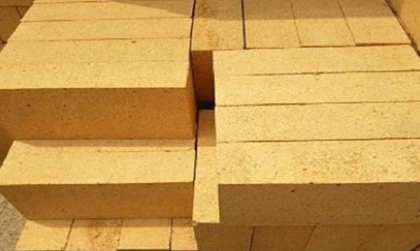- 02
- Mar
What are the factors related to the wear resistance of refractory bricks?
What are the factors related to the wear resistance of refractory bricks?
The wear resistance of refractory bricks depends on the composition and structure of the refractory bricks. When the composition of the refractory bricks is a dense polycrystal composed of a single crystal, the wear resistance mainly depends on the hardness of the mineral crystals that make up the material. High hardness, high wear resistance of the material. When the mineral crystals are non-isotropic, the crystal grains are fine and the wear resistance of the material is high. When the material is composed of multiple phases, its wear resistance is directly related to the bulk density or porosity of the material, and is also related to the bonding strength between the components. Therefore, for a certain type of refractory brick at room temperature, its wear resistance is proportional to its compressive strength.

In addition, the wear resistance of refractory bricks is related to the temperature during use. Some refractory bricks, such as high alumina bricks, are generally considered to be at a certain temperature (such as within the elastic range of 700~900℃), the higher the temperature, the higher the temperature. The lower the resistance, it can be considered that when the temperature increases, as the elastic modulus of the refractory brick increases, the wear resistance decreases.
